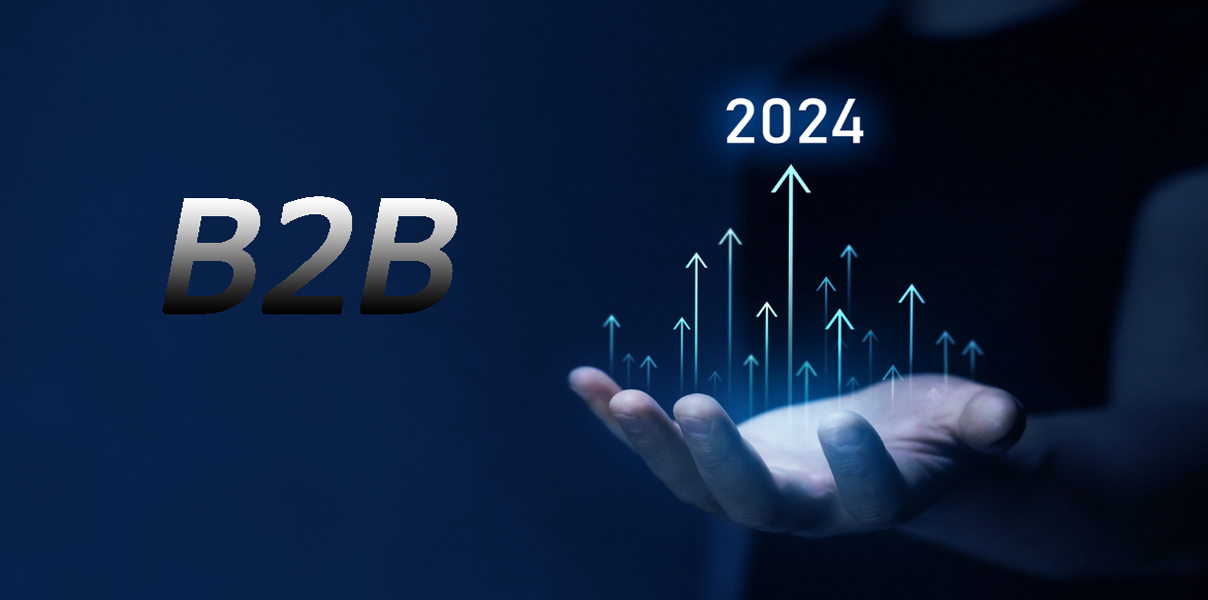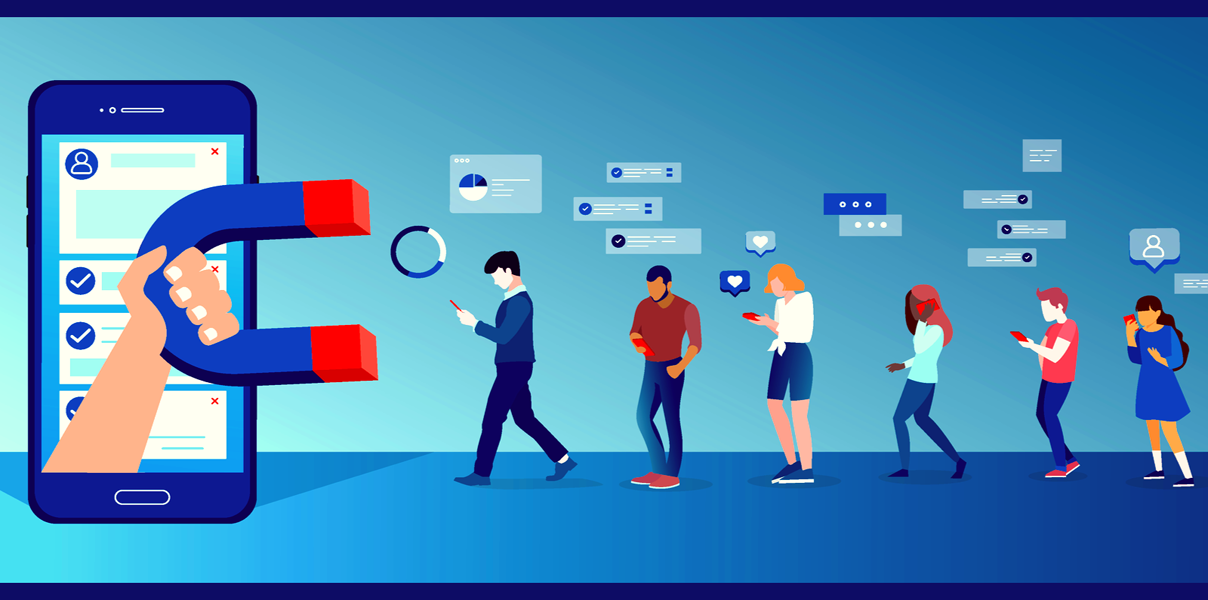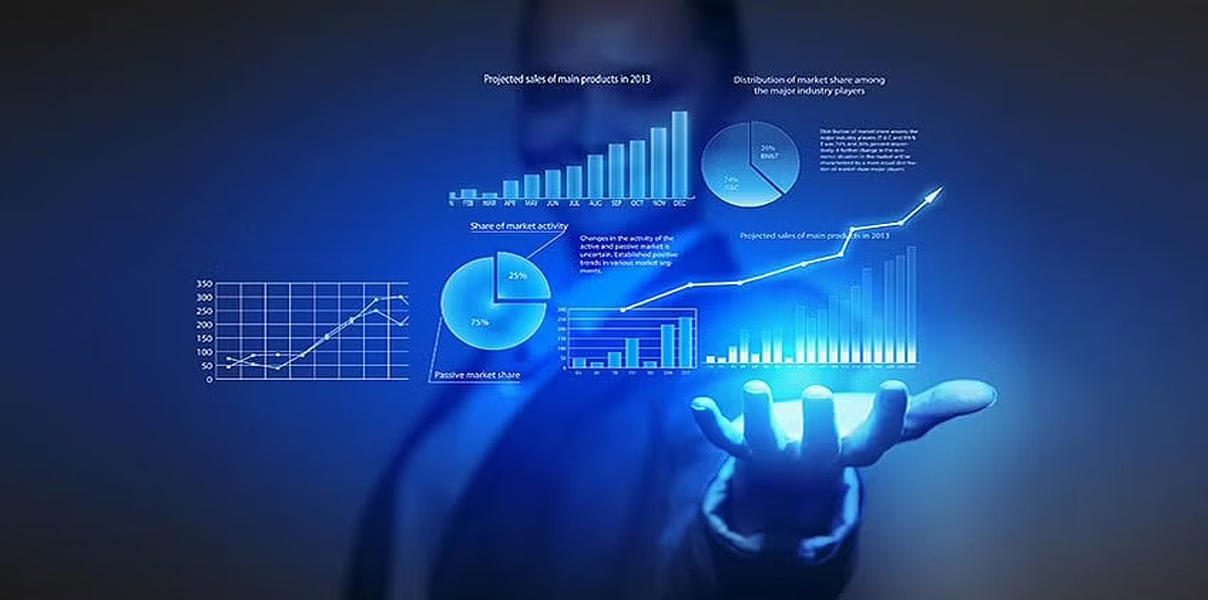Digital transformation has reshaped the business-to-business (B2B) landscape. According to Gartner, Inc., by 2025, 80% of B2B sales interactions between suppliers and buyers will be conducted through digital channels, a trend that has increased significantly during the pandemic.
This new paradigm shift is forcing technology leaders and marketers to overhaul their digital strategies and optimize online customer journeys.
In this article, we discuss some clear B2B priorities and strategies that can help marketers and CTOs better prepare for crises and other waves of change in 2024 and beyond.
Everyone is using AI in marketing at different levels
AI’s impact in B2B marketing goes beyond the current hype. While short-term applications like chatbots and predictive analytics are making waves, AI is taking on a deeper, more transformative role in strategy and execution.
Therefore, today’s marketers and CTOs have no choice but to embrace AI. Customer experience is the new battleground for competitive advantage. And in an AI-driven world, only companies that put AI at the center of their marketing and customer experience strategies will survive on this battlefield.
Prioritizing data protection and security in the digital age We see this trend changing as concerns grow over how social media giants handle customer data and how companies that access customer data through unfair means will be punished. This means that first-party data (information collected directly from customers and prospects) will play a central role in 2024 and beyond. Therefore, B2B marketers and CTOs must be knowledgeable about ethical data collection strategies that do not rely on third-party cookies.
Nevertheless, through a more thoughtful approach to data management, analytics, and activation, marketers can leverage first-party data to gain a deeper understanding of customer journeys and behavior.
A well-thought-out first-party data strategy can help marketers make informed decisions, optimize campaigns, and personalize customer experiences.
Embrace hybrid selling with a multi-channel approach The future of B2B marketing will be hybrid. This means combining the best of both worlds: digital and face-to-face interactions. Today, customers expect an omnichannel experience from sellers. They want to switch between multiple channels for an intuitive, seamless, and personalized experience. To achieve this, CTOs and marketers must adopt a customer-centric approach and meet the demands of hybrid selling.
The move to hybrid selling expands a brand’s reach across more channels, streamlines processes, improves team efficiency, and creates a better customer experience. Focus on sustainability
Consumers are becoming increasingly environmentally conscious. To attract eco-conscious shoppers, marketers and CTOs can work together to demonstrate their company’s commitment to environmental and social responsibility. B2B companies that effectively communicate their sustainability efforts will stand out from their competitors.
All of these trends provide a roadmap for companies looking to adapt and grow in a rapidly changing environment. By adopting these strategies, both business and technology leaders can position their brands for success in a competitive and ever-evolving marketplace. This means that the B2B marketing landscape is constantly evolving. Understanding the latest trends and incorporating them into your business strategy can help your company achieve its marketing goals and stay ahead in the digital age.








